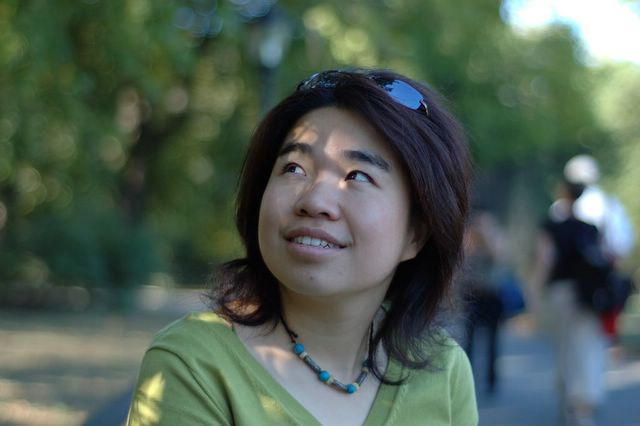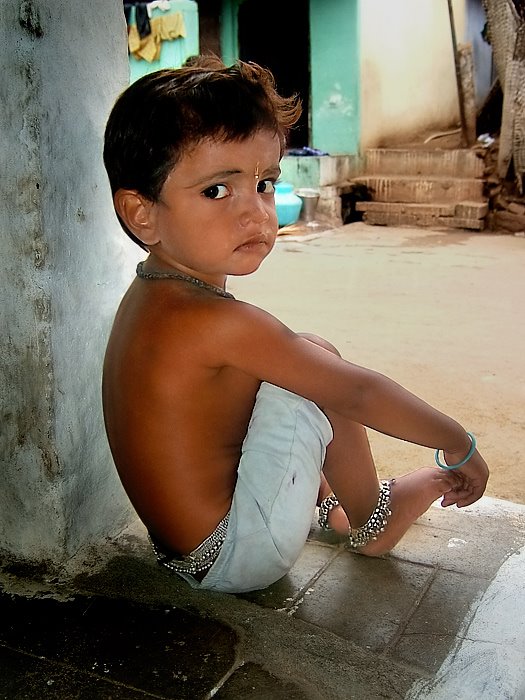The exhibition features works by Bonnard, Cézanne, Degas, Derain, Gauguin, Van Gogh, Maillol, Matisse, Picasso, Redon, Renoir, Rouault, Rousseau, Vlaminck, Vuillard, and others. Highlights include five paintings from Vollard's landmark 1895 Cézanne exhibition; a never-before-reassembled triptych from his 1896–97 Van Gogh retrospective; the masterpiece Where Do We Come From? What Are We? Where Are We Going? from Vollard’s 1898 Gauguin exhibition; paintings from Picasso's first French exhibition (1901) and Matisse's first solo exhibition (1904); and three pictures from Derain's London series, painted in 1906–07 at Vollard's suggestion. The exhibition also includes numerous portraits of Vollard by leading artists, among them Cézanne, Bonnard, Renoir, and Picasso. Whether it was commissioned, exhibited, or owned by him, each of these works at one time passed through Vollard's hands."
The exhibition introduces each artist and their relationship with Vollard in a separate room, so you start with Cézanne, Van Gogh, and then Matisse, Renoir, and Picasso. There even a room for Vollard's portraits by different artists he sponsored . Picasso said Vollard had more portraits painted than the most beautiful woman in the world. Vollard had an exceptional taste for new art and the vision to take on new artists, even when he was in his early 20s. He opened his gallery at 27 and sponsored the most important exhibitions for Cézanne right away. He is not a collector, so the exhibition is not from his own collection (even though it is a large collection); the art works are organized the way as they were in the original exhibtions in late 19 ceuntry and early 20 ceuntry. Vollard is really a charactor and his best friend is Renoir at the time. There is a very short documentary of old Renoir and Vollard at the master's studio. Instead of working as a art critic or theorist to shape the world vision about new art, Vollard achieved that by commission works from artists, put them on his payroll, and sell their works on their behalf. He discovered new artists and reserve their works. When he died in 1939, his belongs might outbid any avant-gard gallery at that time. Due to the difficulty to resolve the cases around his will and the approaching war, his collections were kept in several countries including France, Canada, and U.S. and others. It was amazing to see them come back again in one exhibition. Other extraordinary achievement of Vollard is that he was highly interested in making prints and books for new artists, so many of the European artists were able to be known outside Europe. After WWI, he turned his interested into writing about his work, his relationship with artists, and the art history he was part of it. By all means, he was the power engine of the art world then. Having no legal child of himself, he left the world with his vision, his passion for art, and his unique talent in making the new art accessible to ordinary people.


没有评论:
发表评论